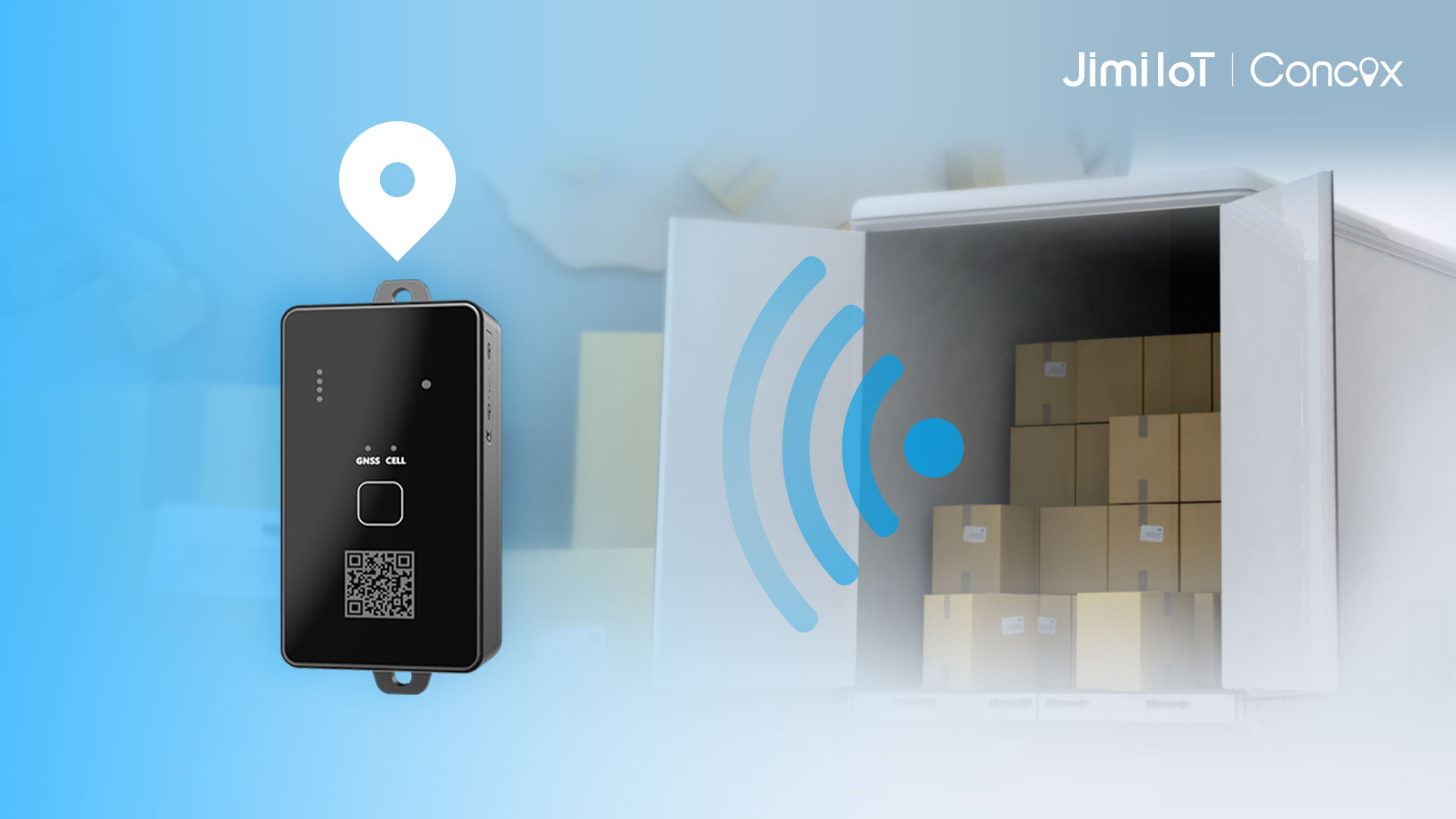GPS asset tracking is a technology that uses GPS technology to realize real-time tracking and monitoring of assets, such as items and vehicles. This technology can be used to monitor assets in logistics, transportation, engineering, and other fields, enabling asset management and protection, and improving safety and efficiency. The following will introduce in detail the definition, working principle, advantages, application scenarios, selection and implementation, and future development trends of GPS asset tracking.

Definition and purpose of GPS asset tracking
Asset tracking is a technology that uses GPS technology to track and monitor the real-time location and movement status of assets such as items, vehicles, etc. Asset tracking technology can be applied in various fields such as logistics, transportation, engineering, agriculture, and security, which can effectively improve asset management efficiency, protect asset safety, reduce losses and improve customer experience.
How GPS asset tracking works
How are GPS signals received and processed?
The basic principle of GPS asset tracking is to use a GPS receiver to receive GPS signals from satellites, and by processing and calculating the signals, the location and motion status of the asset can be determined. A GPS receiver typically contains a GPS antenna, a receiver chip, and a processor. The GPS antenna is used to receive GPS signals from satellites, the receiver chip is responsible for converting the signals into digital signals, and the processor calculates these digital signals and calculates the position and speed of the asset.
How do GPS devices communicate with cloud servers?
GPS devices usually include a GSM/CDMA module that uploads location information to a cloud server. Typically, the device sends location information in the form of SMS, data streams, or cloud platform interfaces to a server, which then processes and stores this information. Through cloud servers, users can track and monitor assets in real-time.
Advantages of GPS asset tracking
Real-time tracking
Asset tracking technology can realize real-time tracking and monitoring of assets, and users can know the location and movement status of assets at any time. This has a great effect on industries such as logistics, transportation, and security, and can help businesses and individuals achieve more efficient management and control.
Improve asset management efficiency
Asset tracking technology can help enterprises and individuals realize real-time management and monitoring of assets, and can help users more accurately grasp the location, status, and action trajectory of assets, so as to achieve more accurate tracking and management of assets and improve the efficiency and accuracy of asset management.
Improve security and protect assets
Asset tracking technology can help users realize real-time monitoring and protection of assets, and once abnormal behavior occurs in assets, such as theft, loss, or destruction, users can immediately get alerts and take action to protect assets in time.
The LL701 Long Standby Asset Tracker from Jimi is a powerful and compact device designed for businesses that need to keep track of their assets. With a battery life of up to 3 years and real-time GPS tracking, the LL701 provides reliable and accurate data on your assets’ location. Its rugged design protects it from harsh conditions, and advanced features such as geofencing and remote firmware updates make it a versatile asset management tool. The LL701 is an excellent investment for any business that values efficiency, safety, and cost-effectiveness in its asset management.
Selection and implementation of GPS asset tracking
How to choose the right GPS asset-tracking solution for me?
When choosing an asset tracking solution, the following factors need to be considered: asset type and scale, usage scenarios, functional requirements, data processing, storage, etc. Enterprises and individuals can choose according to their actual needs and budget, or consult professional asset tracking service providers to obtain more detailed and professional advice and services.
Implementation process and considerations for GPS asset tracking
When implementing GPS tracking technology, it is necessary to pay attention to the following matters: selecting the appropriate GPS equipment and solutions, conducting necessary training and instructions, reasonably planning data processing and storage, protecting user privacy and asset security, etc.
The future of GPS asset tracking
Application of artificial intelligence and big data in GPS asset tracking
With the continuous development and popularization of artificial intelligence and big data technology, asset-tracking technology will become more intelligent and efficient. In the future, artificial intelligence and big data technology will be widely used in asset tracking, which can achieve more accurate prediction and analysis, and provide more efficient asset management and risk control services for enterprises and individuals.
Trends in GPS asset tracking technology
GPS asset tracking technology will develop in the direction of more portable, intelligent, high-precision, and low-power consumption. In the future, GPS devices will become smaller and lighter, intelligent functions will be further strengthened, accuracy and positioning speed will be improved, and power consumption will be reduced. With the continuous popularization and development of 5G networks, the application scope and effect of asset-tracking technology will be further expanded and improved.
About JimiIoT
JimiIoT (Concox) is recognized as a major player in the IoT industry focused on IoT telematics and cloud services. The company’s business covers fleet management, asset tracking, personal care, device management, and shared mobility. Through partnerships with many well-known companies and organizations from over 150 countries and regions, including China Mobile, China Telecom, Deutsche Bahn, HERE Technologies, Orange, Cal/amp, and Telcel,
If you need or want to know about JimiIoT (Concox), please click here to contact us, or follow us on Facebook, LinkedIn, INS